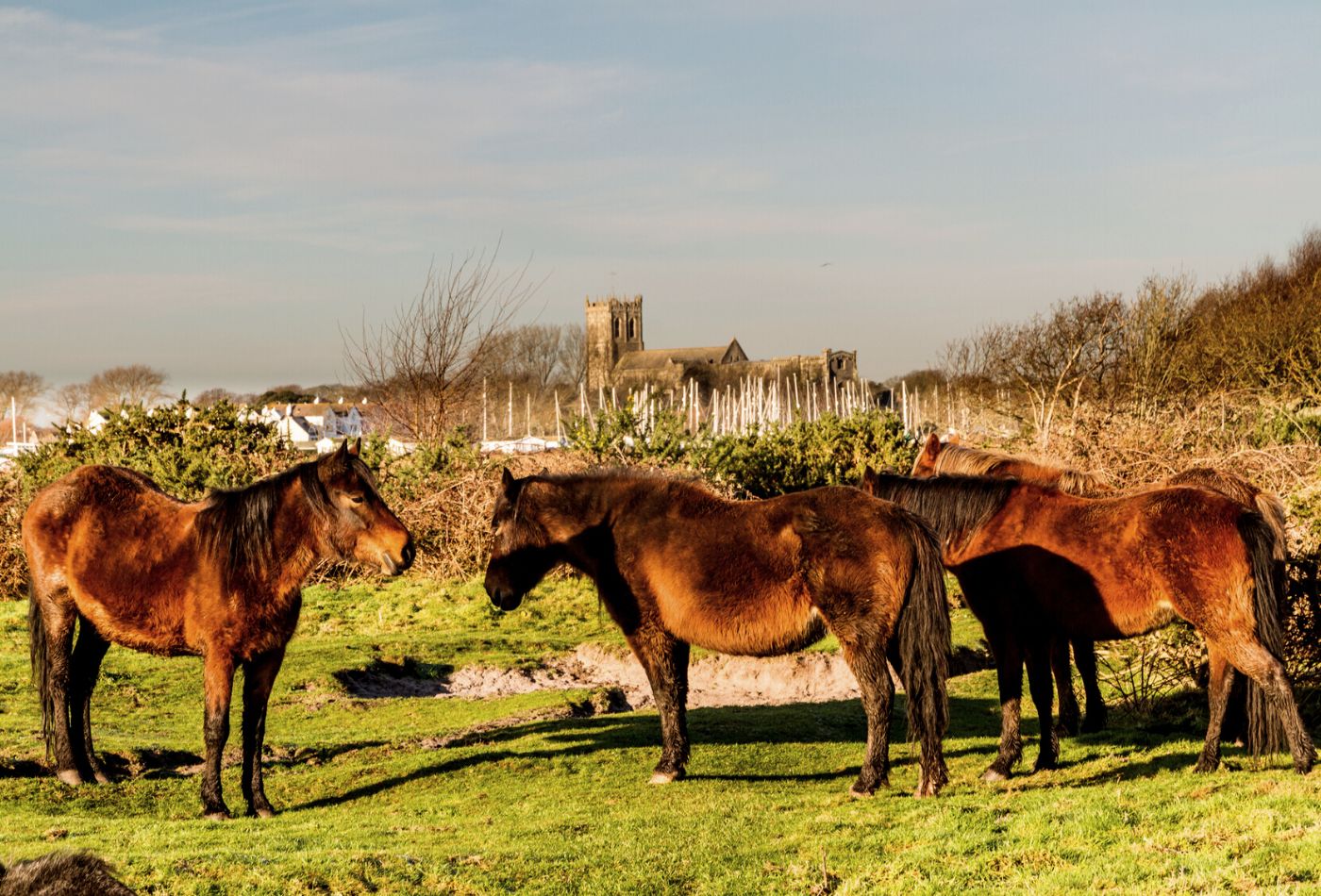Dorset Photo Competition 2025
Lyme Bay Holidays & Dream Cottages Photo Competition 2025 – Enter to Win a £250 Voucher! We’re excited to...

Dorset enjoys a global reputation for stunning scenery, and it only takes a quick look to see why. From lush fields to dramatic cliffs and from magical forests to endless, spectacular ocean, the flora and fauna of Dorset is a delight for each of the senses.
Across the centuries it’s become home to millions, inspired countless artists and entertained untold numbers of holidaymakers who have made the most of its lush surroundings. Most of all though, the landscape is a habitat, a habitat for one of the most diverse ranges of animal life found anywhere in the UK.
Every year we welcome thousands of people to our Dorset holiday cottages, but what animals can they expect to find in Dorset? Let’s take a look…
At the Beach, Coast and Ocean
Dorset’s coastline is a World Heritage Site, and for good reason – they form part of a vital habitat for wildlife of all stripes. The coastline features stunning beaches, dramatic cliffs and so much more.
Most notably along the coastline is the high number of seabirds, including adorable puffins (and pufflings!), guillemots, kittiwakes and fulmars. These birds are largely found in the undercliffs near Lyme Regis, known as the Spittles and Black Ven, although you’ll find rare seabirds across the Dorset coast.
Out in the ocean, Dorset plays host to both whales and dolphins, with sightings for harbour porpoises peaking between September and April. Short-beaked common dolphins can also be spotted off-shore between August and December and various species of whale can be seen throughout the year.
On the Healthland
Dorset’s iconic heathland can be spotted from almost anywhere in the historic county and was created by Bronze Age farmers, who cleared the vast woodland of the time for agriculture. However, poor soil conditions for crops meant that these lands were used primarily for grazing animals, creating a wonderful habitat for a wide variety of animal life.
Amongst the gorse and heather, you’ll find countless rare, unusual plants and a huge variety of insects which includes large blue butterflies, green tiger beetles, silver-studded blue butterflies. The heaths also play host to all six varieties of native British reptiles – sand lizards, common lizards, slow worms, smooth snakes, adders and grass snakes, each of which can be seen if you’re lucky.
Tragically, only 15% of the heathlands that were present in 1750 remain, however, what is left is vital for the ongoing survival of countless species.
In the Grasslands
The traditional meadows of Dorset are stuffed with bee, burnt-tip and pyramidal orchids, cowslip, autumn gentian and clustered bellflowers, all of which draw in what makes the grasslands most famous – butterflies.
During the spring and summer months, butterflies are ever present in the grasslands and are visible in huge numbers, making the area a must visit for anyone with even a passing interest in our charming insect friends. Varieties most commonly seen on the grasslands include Adonis and chalkhill blues, as well as grizzled, silver-spotted and Lulworth skippers and marbled whites.